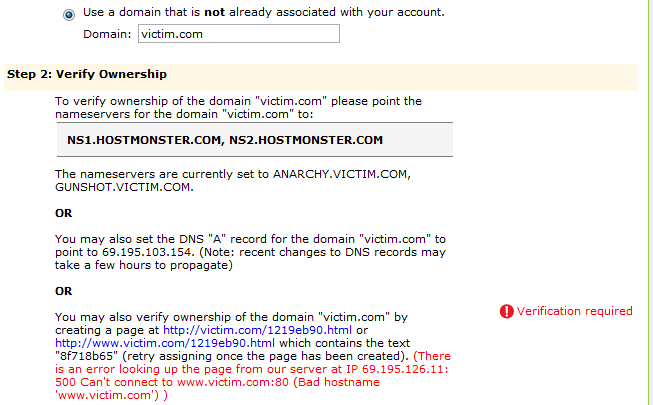Formula injection
About Formula Injection
Almost every website today provides social, financial or informative detail to the internet users. Websites that contain sensitive data about users, such as banks, social networks and online stores, restrict the access to private data by using access-control measures such as authentication, authorization encryption mechanisms and more.
However, hackers are still able to find their way to the “prize” with very clever attacking techniques, as their primary target is usually the sensitive data behind the application.
In the following post we will review an unusual injection type, with a great potential to cause some SERIOUS DAMAGE if initiated. Well… how can it be initiated? It depends, primarily on the web application programmers, BUT also on the user himself.
Let’s start by saying that every application uses untrusted data.
Since the application is intended to be used by the public – we don’t know whether the user is a legitimate one, or a hacker trying numerous types of attacks in order to hijack user sessions, credentials and/or sensitive data such as credit card numbers.
Read more →








